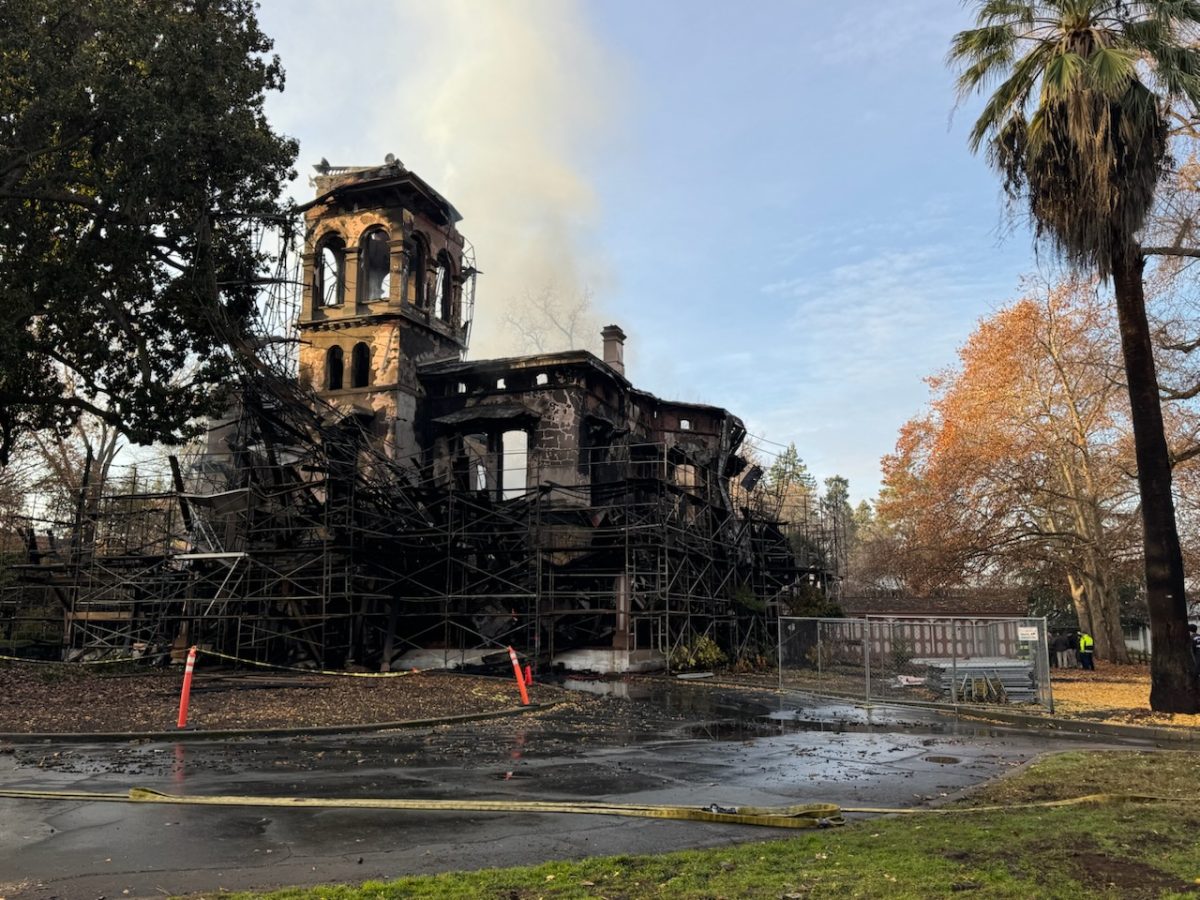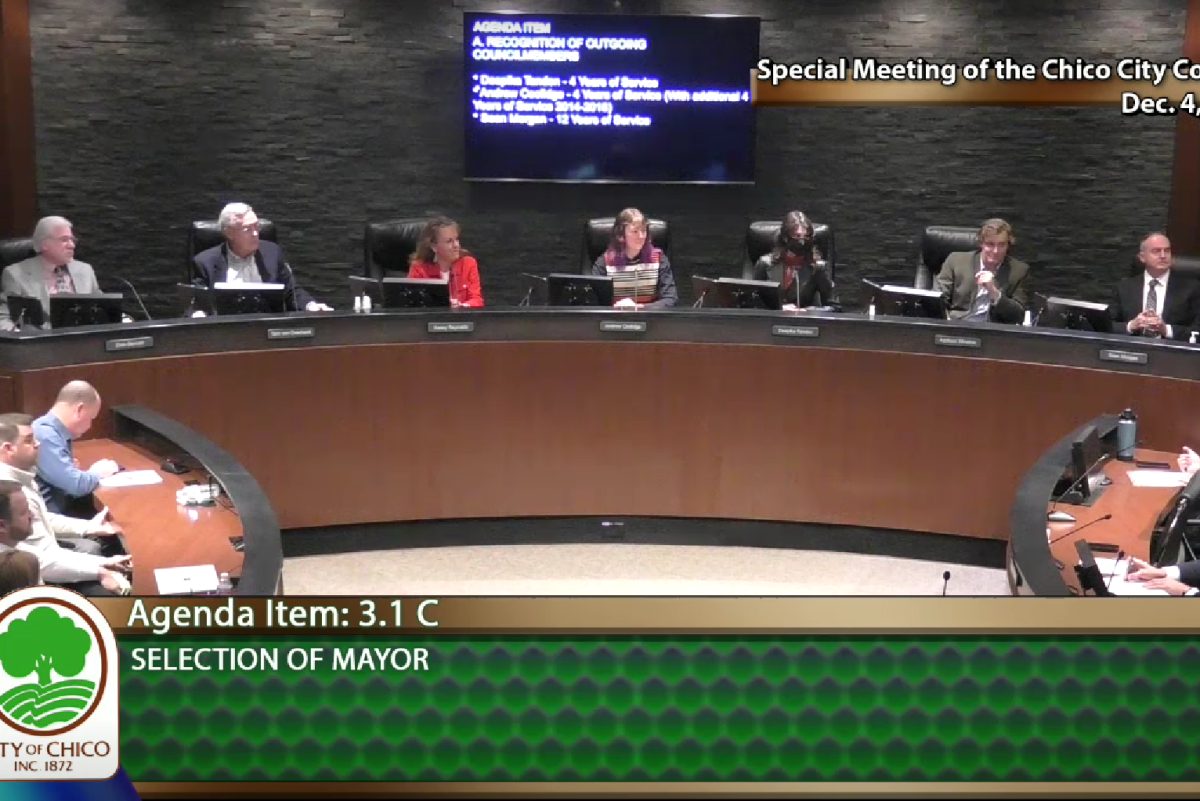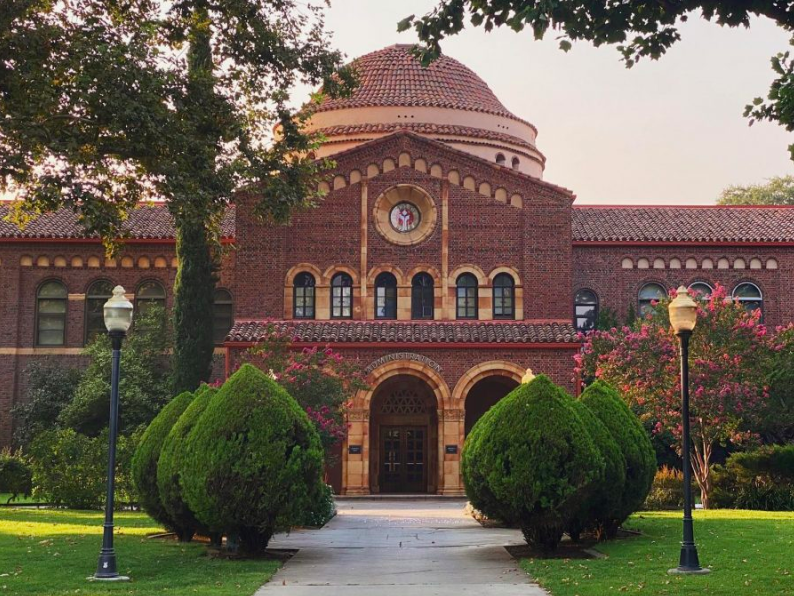Low enrollment numbers and delays in course announcements are hindering the rollout of a program that allows California State University students to enroll in online courses at other campuses.
The Online Concurrent Enrollment program began this fall as part of an effort by the chancellor’s office to reduce course bottlenecks.
The term bottleneck refers to any obstacle that limits a student’s ability to make progress toward a degree, such as a lack of required classes at a particular campus.
To be eligible for the classes, students must meet three criteria. They need to have a GPA of 2.0 or better, be a continuing student and enrolled full-time.
Twenty-nine courses were offered across the CSU system this fall, and about 200 students took classes that were outside of their home campus, said Mike Uhlenkamp, director of public affairs for the chancellor’s office.
Chico State offered five of these courses, in which 99 students are enrolled. Only 25 of these are from other campuses, while the other 74 are Chico State students.
The enrollment numbers are well below the capacity of about 50 students per class, said Bill Loker, dean of undergraduate education.
“One of the reasons these numbers are so low is it was very difficult to predict the demand from off-campus, because we’d never done this before,” Loker said.
Initially the classes were offered only to students from other CSU campuses, but the enrollment was so low that it was opened up to Chico State. By the time the chancellor’s office made this decision, the fall semester had already begun.
“Generally speaking, they’ve been behind the curve on this,” Loker said. “They wanted this to roll out in the fall and they didn’t make decisions until late August for some of these things.”
The deadline to submit courses to the chancellor’s office for approval for the spring 2014 semester was Nov. 1. Those classes will not be available to enroll in until later in November. This is well past the normal registration period for continuing Chico State students.
“Presumably, if this gets more regularized over time, then there won’t be these delays each semester and students will know with enough advance warning what courses are being offered and put that in their academic planning,” Loker said.
The situation is frustrating for students who want to take advantage of the classes, said Nicole McAllister, the Associated Students director of university affairs.
“How are students supposed to plan to take these courses if they are not even available when they are registering for classes?” McAllister said.
The initial problems with the first semester are easier to understand, but they should have been corrected by now, she said.
“There’s no excuse for spring semester,” McAllister said. “They should have had it together. If they want this program to yield more than 99 students for five classes, then they need to get on a timeline.”
McAllister wants to take one of the online science courses, but said she had to enroll in an on-campus class she has no intention of taking, just in case the concurrent enrollment program doesn’t offer what she needs.
“If they want this to be successful — if they want students to take these OCE classes — then they need to rework their timeline and figure out a way to get on track,” McAllister said.
Bill Hall can be reached at [email protected] or @thebillhall on Twitter.








